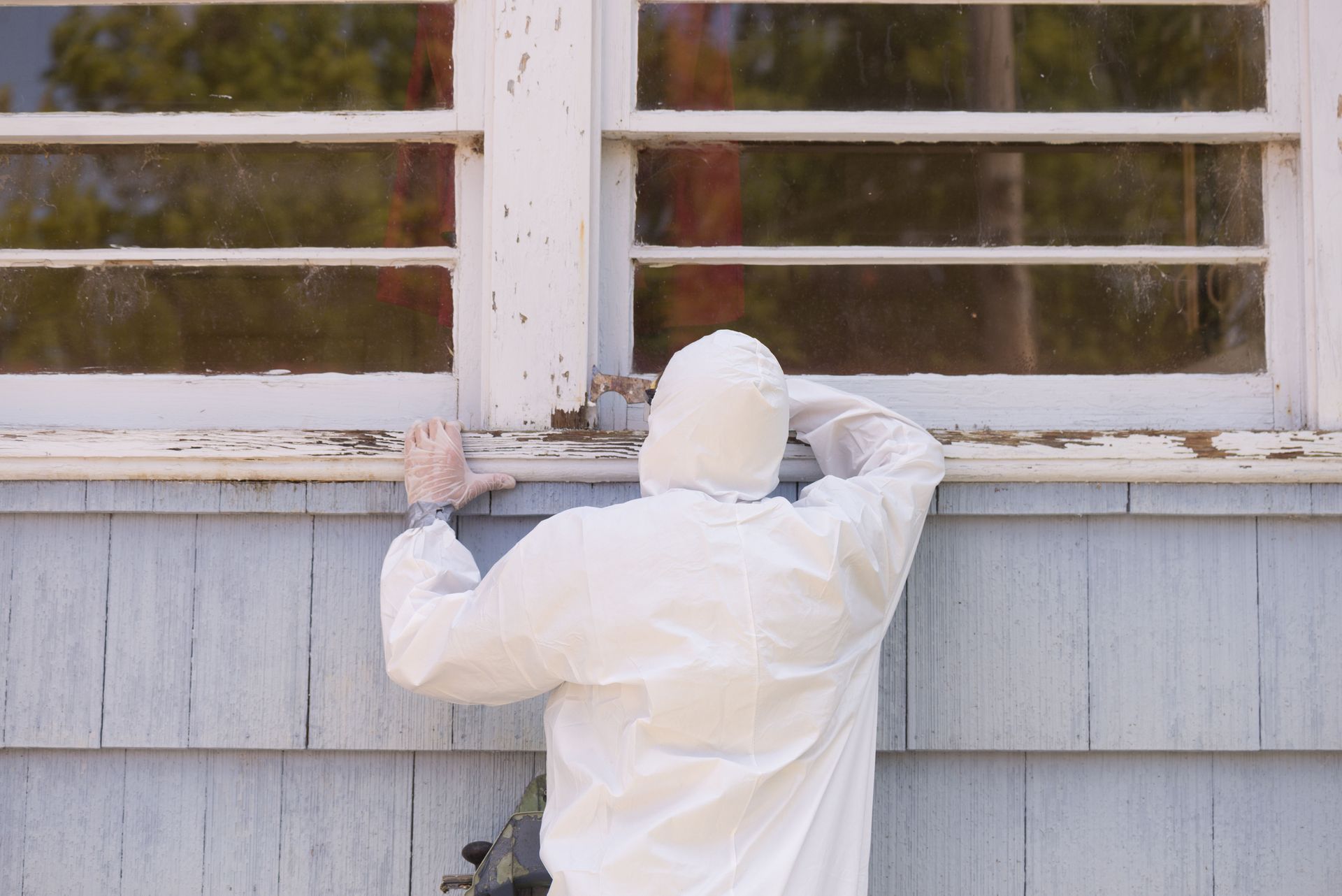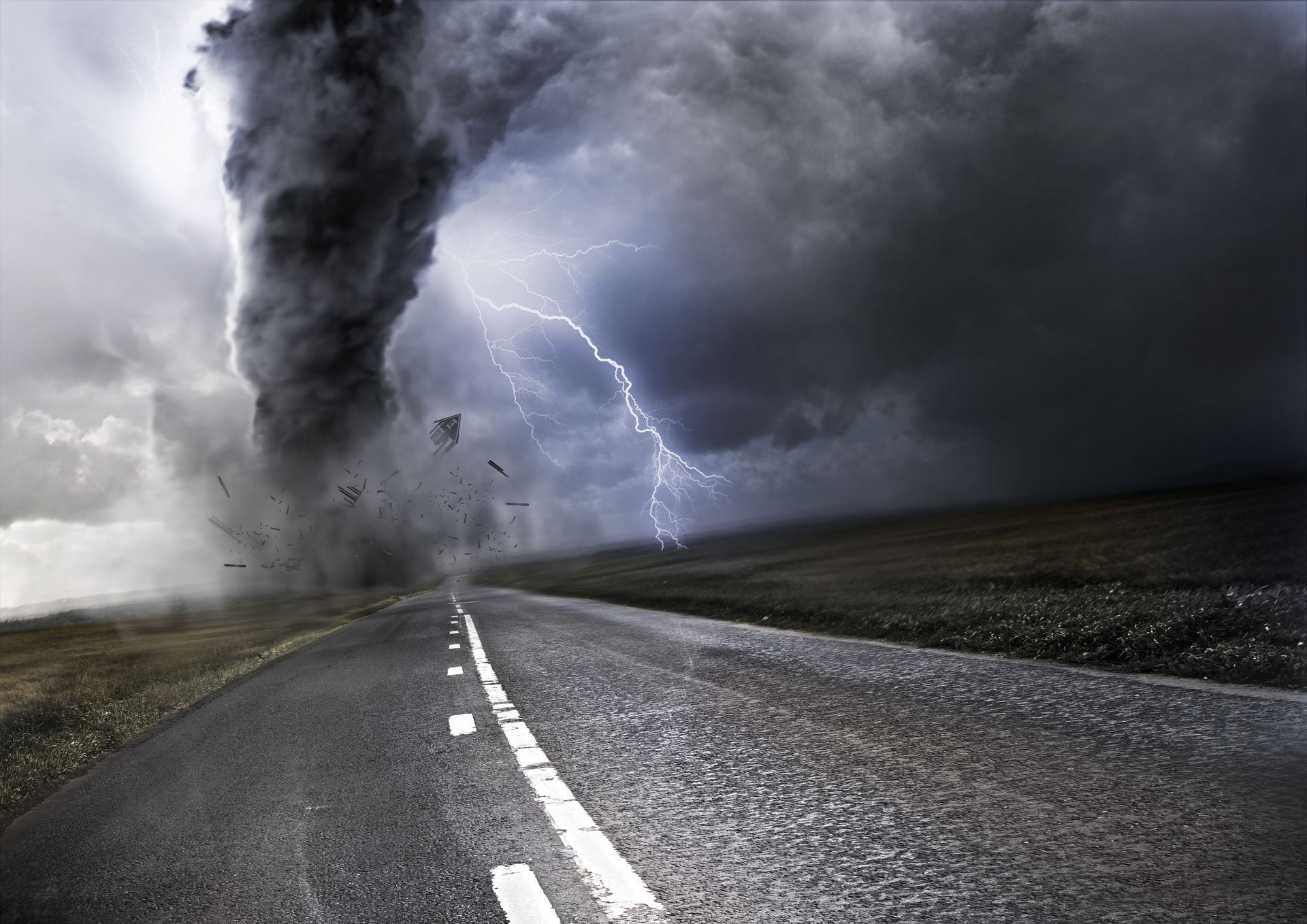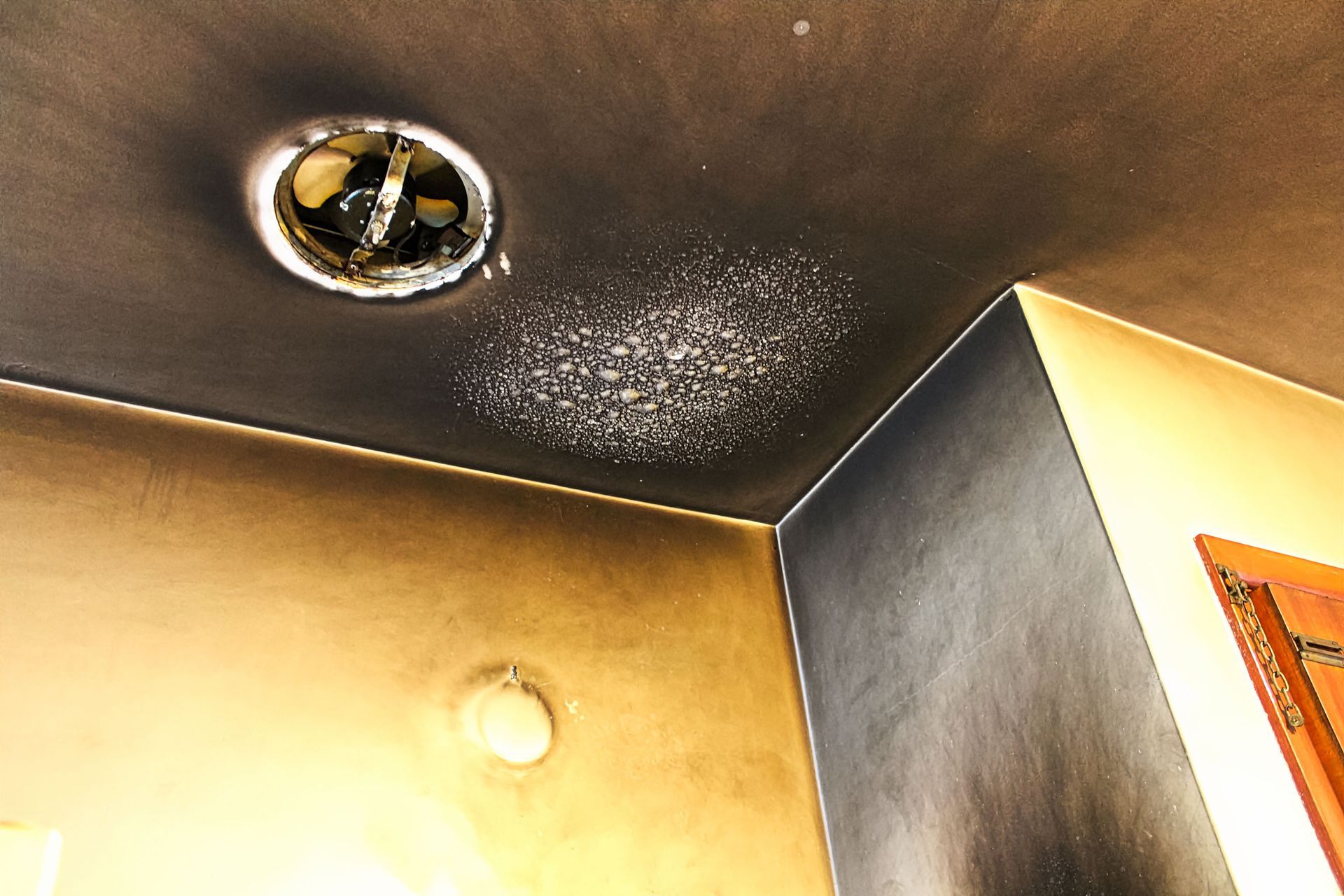August 7, 2025
Both mold and asbestos are two hazardous substances that can cause illness to those exposed to them. However, many people still have questions like which is more common, is one more dangerous than the other, and what are the main differences between them?
Below, we’ll answer all those questions and more. In the meantime, if you already know that you have either asbestos or a dangerous type of mold in your home, please contact us immediately, and we’ll remove all of it safely.
Mold
Signs of Mold in Your Home
Mold is an invasive fungus that can grow on any organic material. Prolonged exposure can cause a variety of different health problems such as coughing, allergies, and sometimes chronic illnesses.
Here are several signs that mold is growing in your home:
- Household members experiencing allergy-like symptoms
- Musty, earthy smell
- Dark grout between tiles
- Peeling wallpaper
- Dark spots along the walls
If you believe mold has infiltrated your home, it’s important to get rid of it as soon as possible. Not only can it result in structural damage but it can impact the health of those living in your home. While some mold isn’t so dangerous and can be easily removed by you, there are some types of mold that are better left to the professionals. Not sure what type of mold you have? Check out our guide on mold colors to help identify what type of mold you have.
Where to Look for Mold
One of the biggest problems with mold is that it grows so rapidly. In fact, it may spread throughout your home before you are able to find it.
Some of the more common areas mold likes to hide in your home are:
- Bathroom: Mold thrives in areas with a lot of moisture. In the bathroom, you’ll want to check around the toilet, sinks, and shower.
- Kitchen: Similar to the bathroom, you’ll want to check anywhere with excessive moisture. You’ll also want to check any expired food in your refrigerator.
- Bedrooms: While you may be surprised to find any mold in your bedroom, you’ll still want to check underneath your mattress and underneath any window seals.
- Basement: Basements are notorious for having mold. They are the perfect environment for mold to grow in and are most commonly found after a flood. You’ll want to check any wood or walls.
How to Get Rid of Mold
Typically, the rule of thumb is if there are 10 square feet or more covered in mold, then you should invest in mold cleanup services. However, Depending on the type of mold and how much there is, you may be able to get rid of it yourself.
There are three categories of mold: allergenic, pathogenic, and toxigenic. Here is a brief explanation of each of these:
- Allergenic mold is milder and can result in allergy-like symptoms and allergic reactions that may include rashes
- Pathogenic mold can be dangerous and can compromise your immune system. Those who are exposed to this type are also at risk of contracting an infection.
- Toxigenic mold is more dangerous than all of the other mold categories and can even lead to deathly health conditions.
Have more questions about mold or mold damage? Be sure to check out our FAQ Mold Damage page!
Asbestos
Signs of Asbestos in Your Home
Up until the 1980s asbestos was the construction material of choice because of its cheap and durable material. Eventually, medical professionals discovered that asbestos exposure can be damaging to our health.
Asbestos becomes a danger after it begins to deteriorate. Once it deteriorates, it releases dangerous fibers that once inhaled can cause serious health problems. It’s important not to wait until you start seeing or feeling symptoms, such as shortness of breath, dry cough, or chest tightness.
If your home has any of the following, you’ll want to have a licensed professional come and check your home for asbestos:
- Homes built before 1980.
- Vinyl flooring has a higher chance of having asbestos.
- Older pipes typically are insulated with asbestos.
- Popcorn ceilings typically are a sign of asbesto.
Important: If you believe you have found asbestos in your home, leave it undisturbed and call us immediately at (612)-239-7411!
Protecting Yourself from Asbestos
Once you have identified asbestos in your home, the next step is to determine the level of contamination and whether or not it needs immediate attention. In some cases, disturbing the asbestos removal process can cause more health risks than leaving it undisturbed. Ultimately, the best solution is to block off the area entirely and call a professional to come and remove it safely.
Rapid Restoration Can Help!
Believe us, you don’t want either mold or asbestos in your home. Both can cause long-term health problems with exposure so it’s important to get them out as soon as possible. That is where Rapid Restoration comes in. We’ll remove any hazardous substances and restore your home to normal, and we offer 24/7 services. Contact us and we’ll send a member from our team out to you.




